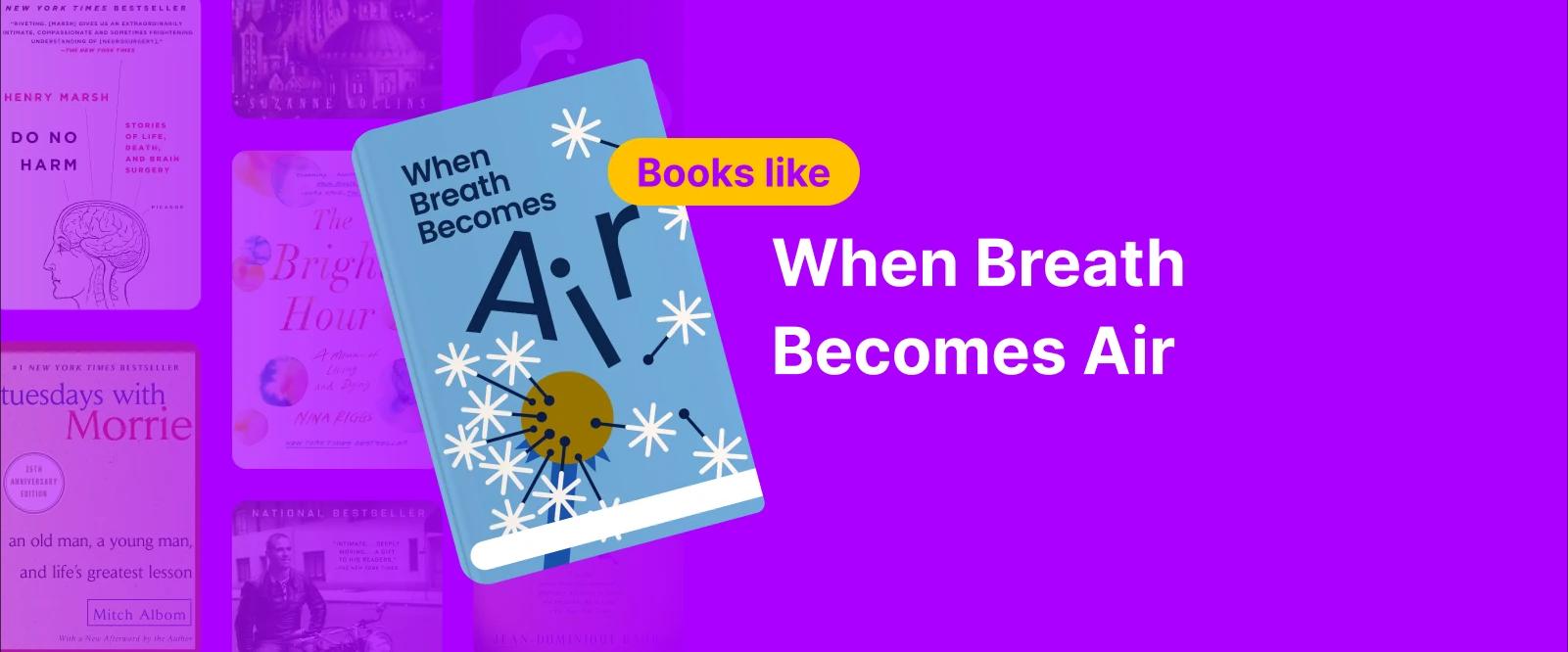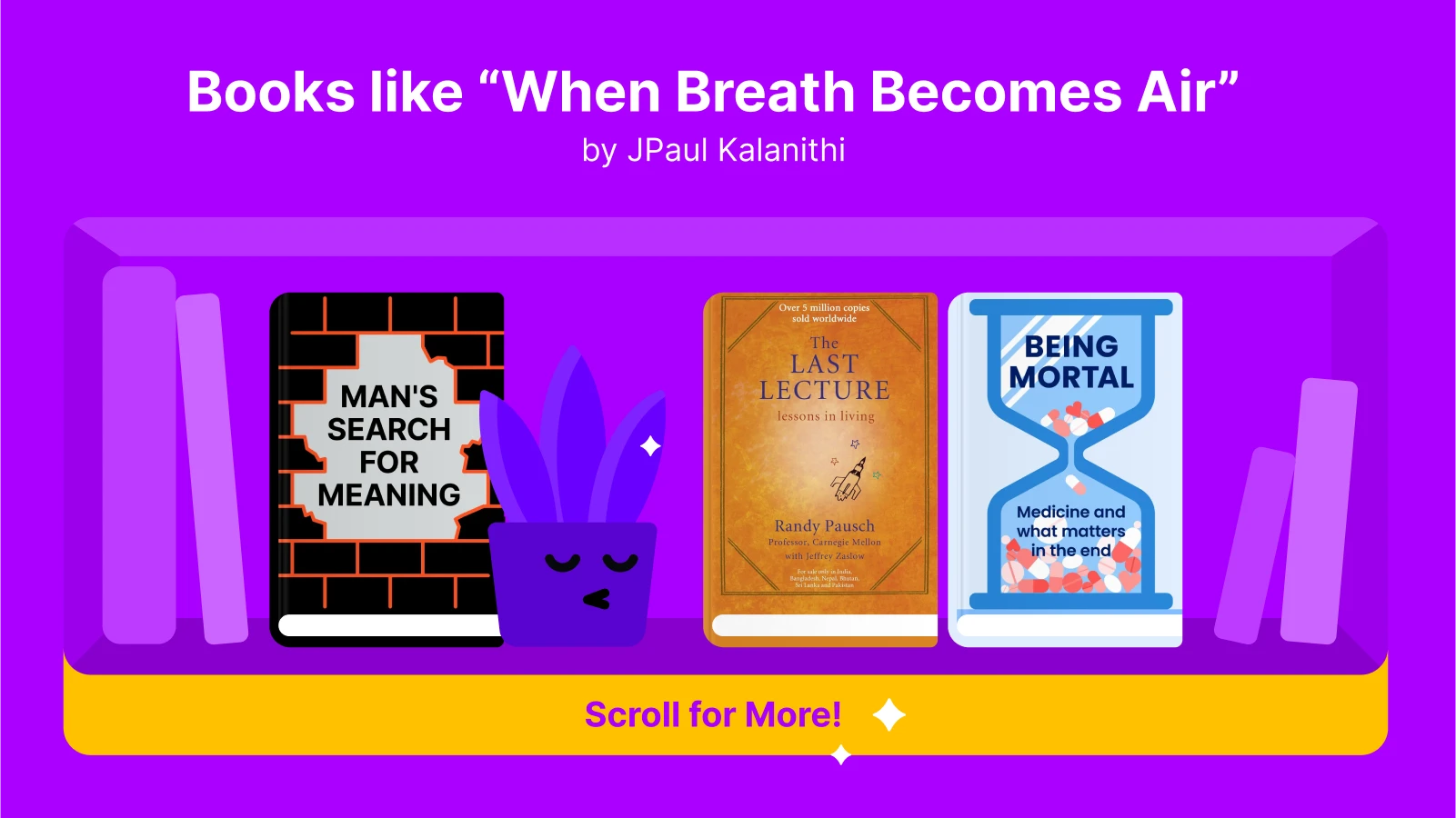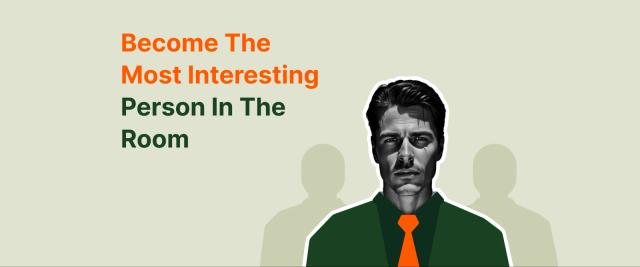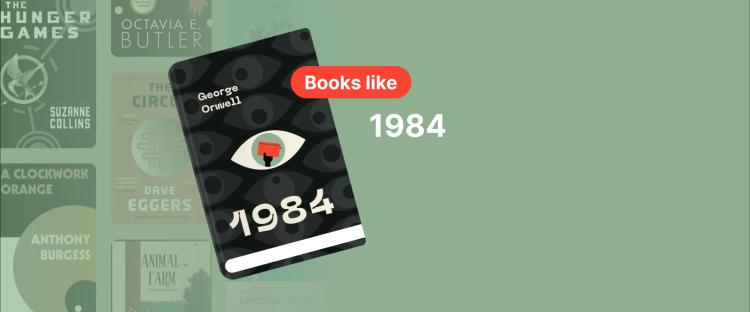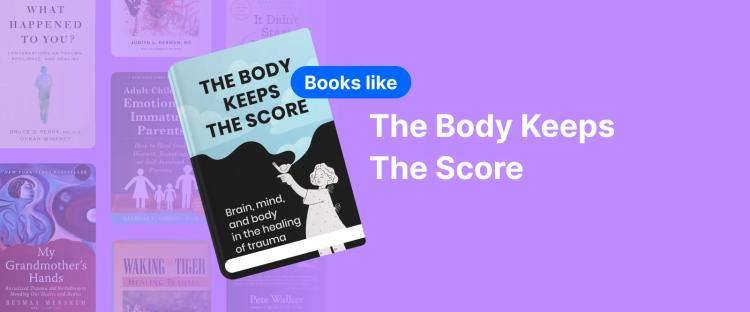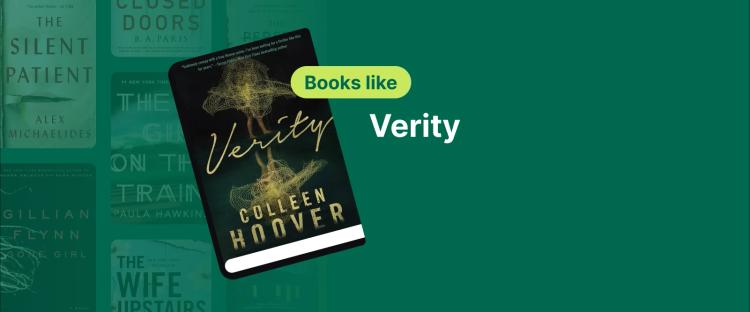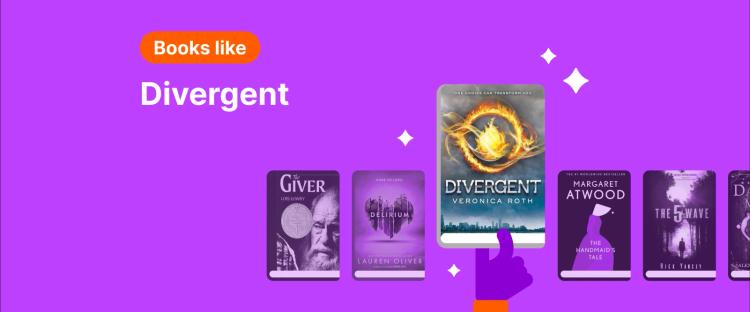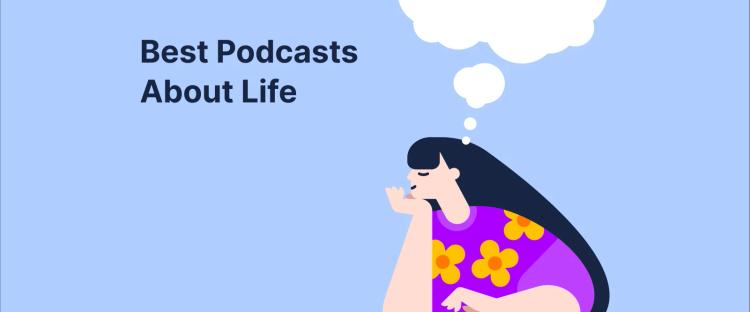"Even if I'm dying, until I actually die, I am still living." Gives you a shiver, doesn't it? That's how 'When Breath Becomes Air' by Paul Kalanithi makes us feel. The story also teaches that even in the face of terminal illness, you can still accept your mortality mindfully and with grace.
It's no surprise that you might seek more books like 'When Breath Becomes Air,' as it is a moving memoir by a neurosurgeon. The story revolves around receiving a terminal lung cancer diagnosis, and it includes themes of mortality, meaning, and the human spirit.
This memoir resonated with readers worldwide, becoming a #1 New York Times bestseller that has sold over 2 million copies.
Is it possible to find hope and resilience in the darkest moments of your life? — That's the question that lingers in readers' minds after reading it. For more experiences like this, you should check our list of ten books that feature the same reflections on life and death as those in Paul Kalanithi's bestseller.
Want to learn more about the human experience, such as the meaning of life and mortality? Try Headway, our daily self-growth app that offers more than 2,000 summaries, some of which explore these very themes. We've been the go-to self-growth companion for over 30 million users, so why wait?
Download the Headway app today — don't let anything stand in the way of your personal development.
Quick list: The top 5 books like 'When Breath Becomes Air'
Man's Search for Meaning' by Viktor Frankl: A memoir about Frankl's shocking experiences of being in Nazi concentration camps. It explores purpose, meaning, and life.
'The Last Lecture' by Randy Pausch: A story by a terminally ill professor who shares inspiring life lessons. It explores reflections, life, and dreams.
'The Bright Hour: A Memoir of Living and Dying' by Nina Riggs: A book about how it feels to live with breast cancer and die from it, yet still manage to enjoy life. It explores small things, joy, and hopelessness.
'The Year of Magical Thinking' by Joan Didion: An exploration of grief and loss in the face of the sudden death of Didion's husband. It explores Mourning, sorrow, and resilience.
'Crying in H Mart' by Michelle Zauner: A memoir exploring Zauner's relationship with her Korean mother, using food and culture to heal. It explores grief, identity, and healing.
The 10 best books similar to 'When Breath Becomes Air' to explore mortality and meaning
Here are the top ten books that you must read if you loved 'When Breath Becomes Air.'
1. 'Man's Search for Meaning' by Viktor E. Frankl
'Man's Search for Meaning' is Viktor Frankl's autobiographical story about his experiences in Nazi concentration camps. Also, in this book, he shares his ideas about his philosophy, Logotherapy. Frankl's profound exploration of finding meaning in life, even in the direst circumstances, is both thought-provoking and inspirational.
Logotherapy suggests that the basic motivating force in life is the search for meaning, as illustrated by his interpretations of things like the:
Human condition
Recognition of your own mortality
Liberty to choose your response to any given circumstance
Influence of human spirituality
Spark awareness and learning for anyone who is suffering!
Similarities between the books:
Explore the deep quest for meaning through suffering and hardship.
Shares a different combination of subjective experience and professional perspective on deep thoughts of life and death.
The stories from the authors, derived from their experiences with dying from terminal illness and surviving the Holocaust, will resonate with readers seeking clarity and support when they encounter suffering.
2. 'The Last Lecture' by Randy Pausch
'The Last Lecture' is a captivating memoir that captures the reflections on life, love, and dreams by a terminally ill computer science professor. After receiving a pancreatic cancer diagnosis, Pausch recounts his final Carnegie Mellon University lecture on achieving childhood dreams.
Pausch used his final lecture as a chance to share life lessons and consider how to lead a fulfilling life, rather than concentrating on his illness. His optimism and sense of humor while dealing with terminal cancer teach us important lessons about resiliency and optimism.
Similarities between the books:
By reflecting on the themes of mortality and human resilience, both memoirs resonate with readers.
Pausch and Kalanithi share a desire to maximize their experiences, and both offer personal reflections on their lives.
Balance individual experience with broader philosophical thoughts, resulting in weighty reflections on human life and death.
📘 Looking for wisdom on living fully? Try Headway for life lessons on resilience, purpose, and making every moment count!
3. 'Being Mortal: Medicine and What Matters in the End' by Atul Gawande
'Being Mortal' is an eye-opening story about the human experience of facing death. This Amazon bestseller also discusses topics like aging, quality of life, and end-of-life care. From the American endocrine and general surgeon's viewpoint, readers reconsider their opinions of life-or-death matters even more.
Overall, Gawande explains that there is no ideal formula for dealing with these issues and advocates for better hospice care. He stresses the value of putting patients' and their families' quality of life ahead of medical treatment. Particularly persuasive are Gawande's thoughts on hospice care and more compassionate approaches to elder care.
Similarities between the books:
Both memoirs explain why finding meaning even in the face of suffering matters.
Each story is a mix of personal experience and professional insights.
The authors' journeys through terminal illness and their philosophical inquiries into the human condition.
4. 'Do No Harm' by Henry Marsh
'Do No Harm' by Henry Marsh is a mix of humor, honesty, and exploration of the neurosurgeon's life. Marsh shares his experiences with harrowing decisions and the emotional extremes of the medical profession.
The book includes everything: failures, bad luck, and mistakes in the operating room. It provides a realistic view of the challenges neurosurgeons face. The way Marsh portrays neurosurgery changes the doctor-patient dynamics. It shows his vulnerability and dedication to the profession.
Similarities between the books:
Both memoirs offer a deeply personal look at the realities of being a neurosurgeon.
Each contributes unique views on medicine as well as the human experience.
Both authors talk about terminal illness, making 'Do No Harm' essential reading for the fans of 'When Breath Becomes Air.'
5. 'Tuesdays with Morrie' by Mitch Albom
'Tuesdays with Morrie' is an uplifting story about rediscovering a mentor's wisdom on death, living, and what it means to live a fulfilling life. During the last months of Morrie's life, Mitch Albom reconnects with Morrie Schwartz, his former college professor.
At their weekly meetings, they engage in a deep dive into real-life, philosophy, and morals, with Morrie sharing his wisdom and advice on how to embrace life. This touching memoir resonates with readers due to the emotional connection between teacher and student.
Similarities between the books:
Both stories include the search for meaning while suffering and experiencing hardship.
Each story presents a mix of the author's personal experience and professional perspective, yielding thoughtful reflections on life and death.
Readers seeking insight and inspiration will especially relate to and resonate with the author's experiences of facing terminal illness, as well as the author's philosophical questions about being human.
6. 'The Bright Hour: A Memoir of Living and Dying' by Nina Riggs
'The Bright Hour' is a raw story of living and dying from breast cancer. Riggs describes in detail everything she's been through: multiple chemotherapies, a surgery, and all the emotions she felt after receiving a diagnosis at the age of 37.
Yet, Riggs found comfort in nature and small joys, despite the severity of her condition. Only because of this, her memoir provided a moving reflection on life and death. She was so strong and resilient that she completed her manuscript just one month before she passed away.
Similarities between the books:
Both authors provide an honest portrayal of their struggles with terminal illness and thoughts on life and death.
Each memoir provides an intimate and emotional description of humanity's resilience and strength.
Both books investigate the deep commitment to seeking meaning in adversity, making them a must-read for those who enjoy touching stories.
📘 Moved by stories of finding light in darkness? Download Headway for memoirs on resilience, hope, and the beauty hidden in life's hardest moments!
7. 'On the Move: A Life' by Oliver Sacks
'On the Move: A Life' is a colorful and personal autobiography that tells of the world-famous neurologist. In it, Sacks reflects on his life, from a young man who rode a motorcycle to a figure of shame and eventually became a leading name in medicine.
Within the memoir, he covers his professional successes, his struggles with identity, and his passion for exploring the brain. Sacks recounts stories about his patients, science, and himself, including his addiction issues and search for self-acceptance.
The book exemplifies Sacks's sense of curiosity about the world, as well as his significant compassion for the human experience.
Similarities between the books:
These stories give a deep understanding of the authors' emotional journeys by candidly and intimately describing their own experiences with terminal illness.
Demonstrate how the authors' professional lives impacted their experiences living and dying with a terminal illness, bridging the gap between their personal and professional lives.
Both books emphasize that, despite significant challenges, it is essential to live a life of meaning and purpose.
8. 'The Year of Magical Thinking' by Joan Didion
After her husband, John Gregory Dunne, passed away unexpectedly, Didion crafts an emotional story on loss and grief called 'The Year of Magical Thinking.' She conveys her grief and her wish that she could somehow bring him back.
The book also touches on Didion's struggle to understand her grief observed while caring for her severely ill adopted daughter, Quintana. Didion's reflections on omens, symbols, and the unpredictable nature of grief provide a deeply personal look at mourning.
Similarities between the books
Following the loss of a loved one, both texts provide a close-up and intimate look at the grieving process and the ensuing emotional experience.
Every memoir examines how a personal tragedy affects a person's outlook and worldview.
Authors provide the reader with a very sincere account of their struggle with profound loss, displaying a remarkable ability to share their grief and a continuing resilience.
9. 'The Diving Bell and the Butterfly' by Jean-Dominique Bauby
Jean-Dominique Bauby's memoir, 'The Diving Bell and the Butterfly,' describes a man who had a stroke and learned to communicate by blinking. Former French Elle magazine editor-in-chief Bauby was rendered completely unable to communicate and paralyzed.
Using a system in which a transcriber read back a frequency-based alphabet, Bauby was able to write the entire memoir by blinking his left eyelid. The memoir recounts Bauby's life before and after the stroke and offers commentary on human resilience and spirit.
Similarities between the books:
A compelling representation of what the human spirit can do in the face of severe physical constraints.
Both authors present their experiences with intensely personal interpretations regarding the value of life and the power of the human will.
Each memoir conveys the power of communication and connection in overcoming adversity and includes some very intimate details of their experiences and struggles.
📘 Amazed by the power of human will? Get Headway for extraordinary stories of resilience that redefine what's possible!
10. 'Crying in H Mart' by Michelle Zauner
The powerful memoir 'Crying in H Mart' by Michelle Zauner is about mixed-race identity, Korean cuisine, and the loss of her mother. Her story is intimate and poignant, the way she describes her relationship with her mother and the grief she experienced left no souls untouched.
The memoir provides a deep understanding of Korean food and how family ties are forged through shared cultural experiences. Zauner honors her mother's memory and connects to her heritage through her thorough descriptions of Korean cuisine. Her writing is beautiful and incredibly moving, mixing humor, humility, and rawness.
Similarities between the books:
A deeply personal exploration of the authors' relationships with their parents that highlights the importance of family ties in times of loss.
The two biographies explore authors' relationships with their parents, highlighting the significance of family ties and relationships during mourning.
The authors utilize their passions for specific activities — Kalanithi's love for literature and neuroscience, and Zauner's affinity for Korean cuisine — as a means to cope with their respective challenges, offering readers a relatable and heartfelt journey through their struggles.
Grow with Headway: Your ally in navigating the human experience!
It's safe to say that you enjoy books that cover the depths of life, death, and the human experience. And these ten books, like 'When Breath Becomes Air,' are must-reads for exploring such themes. But why not make 15-minute learning sessions out of them that will benefit your growth?
Headway will strive to offer you the heart of these valuable memoirs: you'll gain deep insights into personal growth, meaning, and the challenges of the human experience, all within your busy schedule.
Download the Headway app and gain valuable insights from life's most thought-provoking narratives today!
Frequently asked questions about books like 'When Breath Becomes Air'
Why is 'When Breath Becomes Air' so popular?
'When Breath Becomes Air' is popular because it combines a highly personal narrative with themes of mortality, meaning, purpose, and human nature. Readers seeking inspiration through the lens of vulnerability, as well as an exploration of timeless questions about life and meaning, are drawn to Paul Kalanithi's account of battling terminal cancer and his reflections on the meaning of life.
What's the central message of 'When Breath Becomes Air'?
The main message of 'When Breath Becomes Air' is about finding meaning in life, even when faced with death. Paul Kalanithi explores how our understanding of mortality can clarify our experiences and instruct us about what matters. It powerfully reminds us of the value of living life to its fullest.
Who finished the book after Kalanithi's death?
After Paul Kalanithi's death, his wife, Lucy, wrote the final section of 'When Breath Becomes Air.' In the epilogue, she reflects on Paul's legacy, their family, and the life lessons. She finished it perfectly, as readers worldwide adore the story and the fact that his wife kept his memory alive long after his passing.
Why did Paul Kalanithi write 'When Breath Becomes Air'?
Paul Kalanithi wrote 'When Breath Becomes Air' to describe his experience of being diagnosed with terminal cancer as a neurosurgeon. He wanted to reflect on his life's work and to examine the interaction of medicine, mortality, and the meaning of life — especially in a life lived in the face of the inevitability of death.
What's the famous quote from 'When Breath Becomes Air'?
"Even if I'm dying, until I actually die, I am still living" is arguably the most famous quote from 'When Breath Becomes Air.' Kalanithi's views on life and death are reflected in this short, but punchy and insightful one-liner. This quote highlights the importance of living intentionally and being present, even when it may not make sense at the time.

